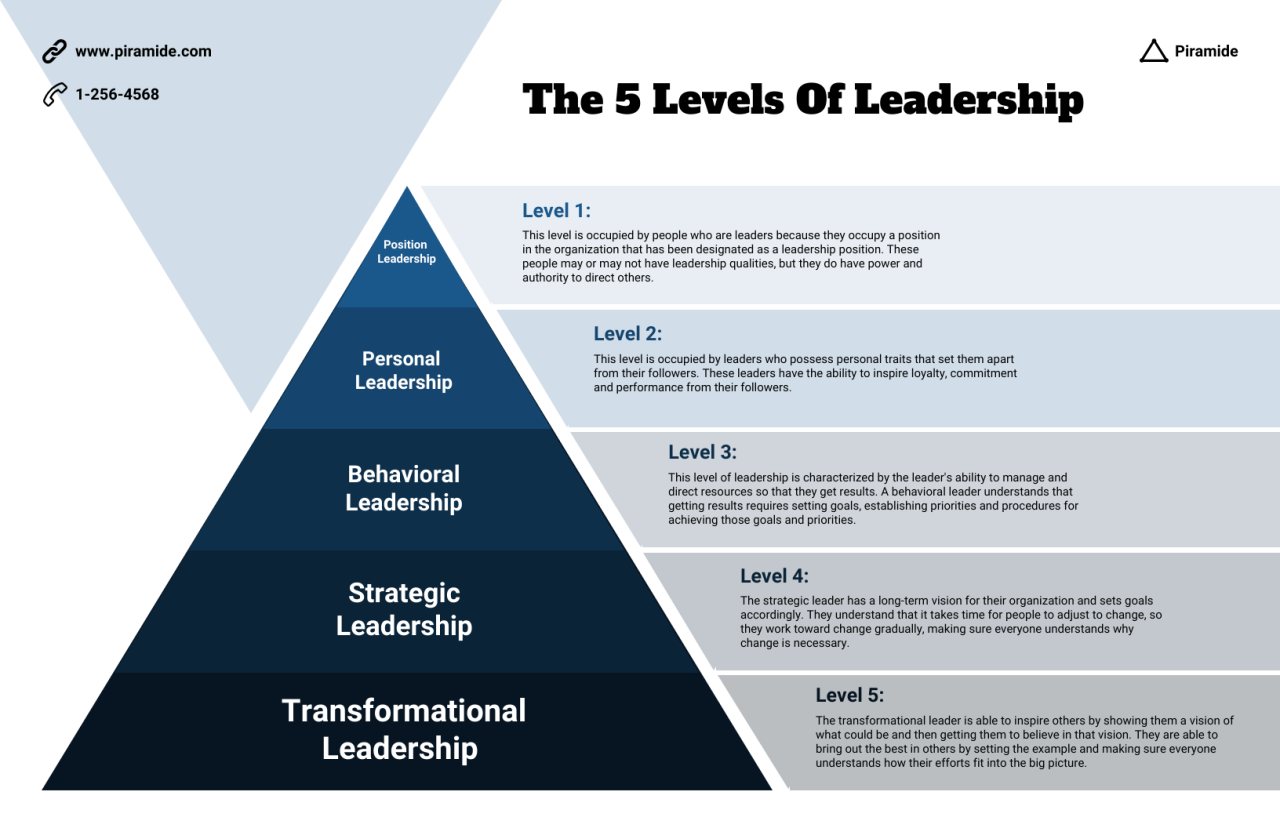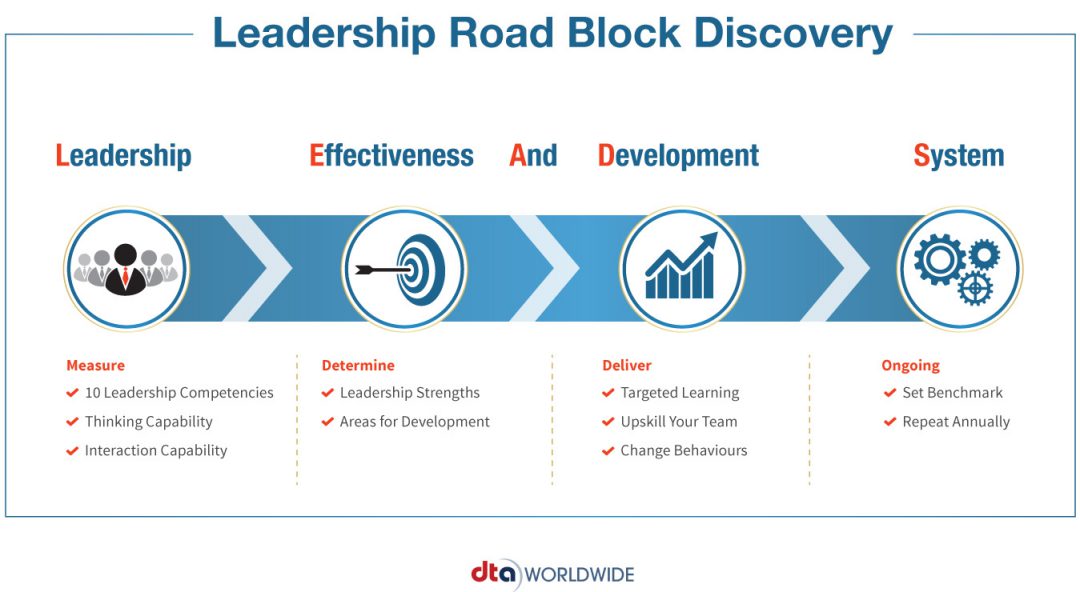Assessing leadership potential is a critical task for organizations seeking to identify and develop future leaders. This comprehensive guide provides a step-by-step approach to evaluating leadership qualities through observation, interviews, assessments, references, and background checks, ensuring fair and equitable evaluations in diverse contexts.
Understanding the complexities of leadership potential is essential for organizations to make informed decisions about their future leaders.
Assessing Leadership Potential through Observation

Observing leadership behaviors in various settings provides valuable insights into an individual’s potential to lead. Here are some real-world examples and methods for evaluating leadership qualities during observations:
Observing Leadership in Teams
- Pay attention to how individuals interact with team members, including their communication skills, conflict resolution abilities, and ability to motivate and inspire others.
- Note whether they take initiative, contribute to decision-making, and support the team’s goals.
- Consider their ability to delegate tasks, provide feedback, and build relationships within the team.
Observing Leadership in Projects
- Observe how individuals manage projects, including their planning, organization, and execution abilities.
- Note their ability to set clear goals, prioritize tasks, and communicate effectively with stakeholders.
- Consider their problem-solving skills, adaptability to changing circumstances, and ability to deliver results.
Observing Leadership in Crisis Situations
- Pay attention to how individuals respond to unexpected events or challenges.
- Note their ability to remain calm under pressure, make quick decisions, and inspire confidence in others.
- Consider their ability to assess risks, allocate resources, and communicate effectively in high-stress situations.
Considering Context and Situational Factors
When assessing leadership through observation, it is important to consider the context and situational factors that may influence an individual’s behavior.
- Consider the organizational culture, industry, and team dynamics.
- Note the specific challenges or opportunities that the individual is facing.
- Be mindful of the time constraints and resource availability that may affect their performance.
Assessing Leadership Potential through Interviews

Structured and unstructured interviews offer valuable insights into candidates’ leadership potential. Structured interviews utilize predefined questions and scoring rubrics, providing objective evaluations. Unstructured interviews allow for flexibility, enabling interviewers to probe deeper into specific areas.
Designing Structured Interviews, Assessing leadership potential
1. Identify Key Leadership Competencies
Define the essential leadership qualities relevant to the role.
2. Develop Targeted Questions
Craft questions that directly assess each competency, ensuring they are clear, concise, and behavioral-based.
3. Establish Scoring Rubrics
Create a standardized system to evaluate responses, assigning points for specific behaviors or answers.
Designing Unstructured Interviews
1. Prepare Open-Ended Questions
Formulate questions that encourage candidates to elaborate on their experiences and perspectives.
2. Encourage Storytelling
Assessing leadership potential is crucial for organizations seeking to develop future leaders. A PhD in Leadership can provide a comprehensive understanding of leadership theories, best practices, and research methods. If you’re considering investing in a PhD in Leadership, exploring is a phd in leadership worth it can provide valuable insights.
Ultimately, assessing leadership potential involves evaluating an individual’s traits, skills, and experiences against the organization’s specific needs and expectations.
Ask candidates to share anecdotes or stories that demonstrate their leadership abilities.
3. Explore Values and Motivations
Inquire about candidates’ core values, career aspirations, and motivations for pursuing leadership roles.
Assessing leadership potential is crucial for organizations seeking exceptional leaders. Individuals pursuing a PsyD in Behavioral Health Leadership gain specialized knowledge and skills to evaluate leadership qualities. This program equips them with the ability to identify and develop future leaders, ensuring the continuity of effective leadership within organizations.
By understanding the principles and techniques involved in assessing leadership potential, individuals can contribute significantly to the success and sustainability of their organizations.
Probing Questions to Uncover Leadership Traits
* Vision and Strategy:“Describe a time you developed and implemented a successful strategy.”
Team Leadership
“How do you build and motivate effective teams?”
Communication
To assess leadership potential, it’s important to consider a candidate’s ability to inspire, motivate, and drive results. A human resources leadership program can provide the necessary training and development to enhance these skills. By participating in such a program, individuals can gain insights into effective leadership strategies and best practices, ultimately strengthening their leadership potential.
“Give an example of a challenging communication situation and how you navigated it.”
Conflict Resolution
“Tell us about a time you successfully resolved a conflict within a team.”
Adaptability
“Describe a situation where you had to adjust to unexpected changes and how you responded.”
Interpreting Interview Responses
* Look for Specific Examples:Focus on candidates’ ability to provide concrete examples of their leadership abilities.
Assess Communication Skills
Evaluate candidates’ verbal and non-verbal communication, including their ability to articulate ideas clearly and inspire others.
Consider Motivations and Values
Understand candidates’ motivations for pursuing leadership and their alignment with the organization’s values.
Identify Potential Red Flags
Note any inconsistencies or exaggerations in candidates’ responses that may indicate a lack of authenticity or integrity.
Assessing Leadership Potential through Assessments

Assessments are a valuable tool for evaluating leadership potential. They provide objective data on an individual’s personality, cognitive abilities, and situational judgment, which can be used to make informed decisions about their potential for leadership roles.
Types of Assessments
- Personality Tests: These tests measure an individual’s personality traits, such as extroversion, conscientiousness, and openness to experience. They can provide insights into an individual’s strengths, weaknesses, and preferred work styles.
- Cognitive Ability Tests: These tests measure an individual’s intellectual abilities, such as problem-solving, verbal reasoning, and numerical reasoning. They can provide insights into an individual’s ability to learn new information, solve complex problems, and make sound decisions.
- Situational Judgment Tests: These tests present individuals with hypothetical scenarios and ask them to choose the most appropriate course of action. They can provide insights into an individual’s judgment, decision-making abilities, and emotional intelligence.
Specific Assessment Tools
- Myers-Briggs Type Indicator (MBTI): A personality test that identifies an individual’s preferred cognitive functions and personality type.
- Strong Interest Inventory: A personality test that measures an individual’s interests and preferences in different occupations.
- Wonderlic Personnel Test: A cognitive ability test that measures verbal reasoning, numerical reasoning, and problem-solving abilities.
- Situational Judgment Inventory (SJI): A situational judgment test that presents individuals with hypothetical scenarios and asks them to choose the most appropriate course of action.
Interpreting Assessment Results
When interpreting assessment results, it is important to consider the following factors:
- Validity: The extent to which an assessment measures what it claims to measure.
- Reliability: The consistency of an assessment’s results over time and across different raters.
- Bias: The extent to which an assessment is fair and unbiased for all individuals.
- Context: The specific context in which the assessment is being used.
By carefully considering these factors, you can use assessment results to make informed decisions about leadership potential.
Assessing Leadership Potential through References and Background Checks

Gathering references and conducting background checks are crucial for assessing leadership potential. References provide insights into a candidate’s past performance, while background checks verify their history and credentials.
Approaching Reference Checks
When requesting references, ask for individuals who have supervised or worked closely with the candidate. Contact references by phone or email, and prepare questions that explore the candidate’s leadership abilities, work ethic, and interpersonal skills.
Interpreting Reference Information
Consider both positive and negative feedback from references. Positive references can confirm a candidate’s strengths, while negative references may raise red flags. Look for consistency in the feedback, and pay attention to any specific examples or anecdotes provided by the references.
Legal and Ethical Considerations
Reference checks and background investigations must comply with legal and ethical guidelines. Ensure that you have the candidate’s consent before conducting a background check. Be transparent about the purpose of the checks and respect the privacy of the candidate and their references.
Assessing Leadership Potential in Diverse Contexts

Assessing leadership potential in diverse contexts presents unique challenges. Different cultures, industries, and organizational structures can significantly influence the traits and competencies that define effective leadership.
Adapting Assessment Methods for Diversity
To ensure fair and equitable evaluations, it is crucial to adapt assessment methods to account for diversity. This includes:
- Using culturally sensitive assessment tools that avoid biases and stereotypes.
- Providing assessments in multiple languages or formats to accommodate different cultural preferences.
- Including diverse representation in assessment panels to bring a range of perspectives and reduce bias.
Promoting Inclusivity and Reducing Bias
Promoting inclusivity and reducing bias in leadership assessments is essential for creating a diverse and equitable leadership pipeline. Best practices include:
- Educating assessors on unconscious bias and its potential impact on evaluations.
- Establishing clear and objective assessment criteria that are applied consistently across candidates.
- Providing feedback to candidates on their performance, focusing on strengths and areas for development.
Conclusive Thoughts

In conclusion, assessing leadership potential is a multi-faceted process that requires a combination of methods and considerations. By following the strategies Artikeld in this guide, organizations can increase their chances of identifying and developing high-potential leaders who will drive success in the future.
Expert Answers
What are the key qualities of a good leader?
Effective leaders possess a combination of traits, including vision, communication skills, empathy, adaptability, and decision-making abilities.
How can I improve my leadership skills?
Develop your leadership skills through self-reflection, seeking feedback, taking on challenges, and participating in training and development programs.
What are the benefits of assessing leadership potential?
Assessing leadership potential helps organizations identify and develop high-performing leaders, improve succession planning, and create a strong leadership pipeline.